...
| Character Image | Unicode Name (Code Point) | Replacement ASCII Character (Decimal) | Remarks |
|---|
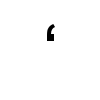 | LEFT SINGLE QUOTATION MARK (U+2018) | ' (39) | - Commonly referred to left curly single-quote
- This character is part of Microsoft Word's default AutoFormat setting.
|
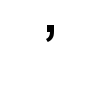 | RIGHT SINGLE QUOTATION MARK (U+2019) | ' (39) | - Commonly referred to right curly single-quote
- This character is part of Microsoft Word's default AutoFormat setting.
|
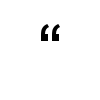 | LEFT DOUBLE QUOTATION MARK (U+201D) | " (34) | - Commonly referred to left curly double-quote
- This character is part of Microsoft Word's default AutoFormat setting.
|
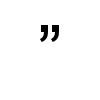 | RIGHT DOUBLE QUOTATION MARK (U+201D) | " (34) | - Commonly referred to right curly double-quote
- This character is part of Microsoft Word's default AutoFormat setting.
|
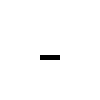 | NON-BREAKING HYPHEN (U+2011) | - (45) | |
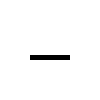 | FIGURE DASH (U+2012) | - (45) | - Viewing without proper encoding, e.g., Windows 1252 code page, this character will appear as ‒
|
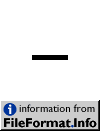 | EN DASH (U+2013) | - (45) | - This character is part of Microsoft Word's default AutoCorrect setting.
- Viewing without proper encoding, e.g., Windows 1252 code page, this character will appear as –
|
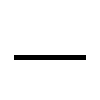 | EM DASH (U+2014) | - (45) | - Viewing without proper encoding, e.g., Windows 1252 code page, this character will appear as —
|
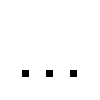 | HORIZONTAL ELLIPSIS (U+2026) | ... (46, 3 times) | - This character is part of Microsoft Word's default AutoCorrect setting.
- Viewing without proper encoding, e.g., Windows 1252 code page, this character will appear as …
|
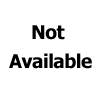 | ZERO WIDTH SPACE (U+200B) | null (0) | - Viewing without proper encoding, e.g., Windows 1252 code page, this character will appear as ​
- This is a non-printable character. Microsoft Word uses it to represent optional breaks. It is visible after enabling the Show Formatting Symbols option:
 Image Modified Image Modified
An example with text:  Image Modified Image Modified
|
Image credit: FileFormat.info
Lastly, here is a snippet of Perl code that implements the above table:
...











